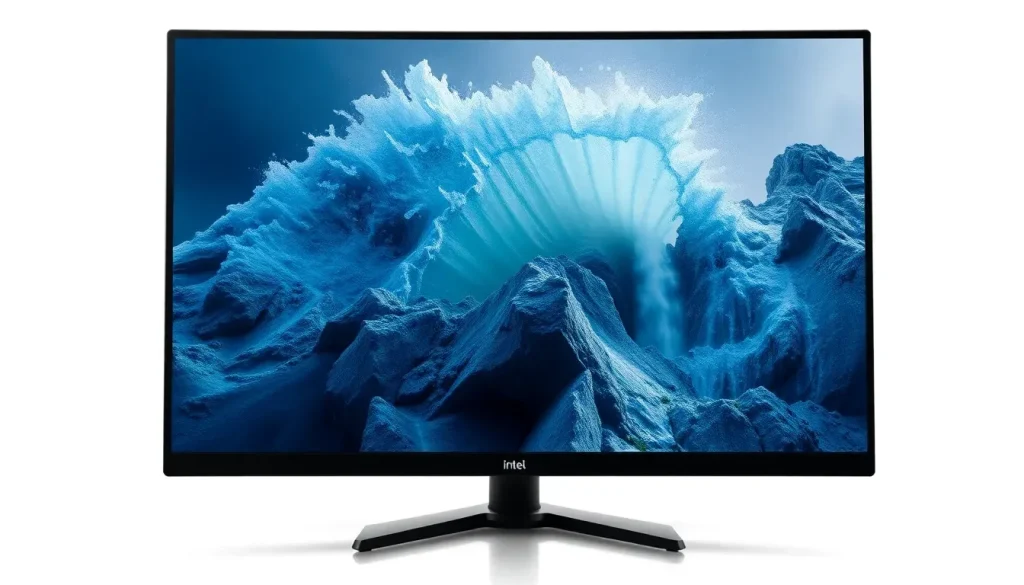Intel OMR: nuevo monitor de rendimiento para CPUs Nova Lake y Diamond Rapids

The world of computer architecture is constantly evolving, with companies like Intel at the forefront of this innovation. As we look ahead to the next generation of processors, namely Nova Lake and Diamond Rapids, we see intriguing developments that promise to redefine performance standards. One of the most significant changes is the transition from Off-Core Response (OCR) to Off-Module Response (OMR), a shift that reflects not only a technological upgrade but also a strategic move to accommodate the increasing complexity of modern processors.
This article delves into the implications of this transition, exploring the reasons behind it and what it means for users and developers alike. We'll also touch upon the advancements in core designs and the expected performance enhancements that come with these new architectures.
Transition from OCR to OMR: A New Era in Processor Monitoring
The decision to phase out OCR is rooted in the limitations that this technology has encountered over time. Introduced with the Sandy Bridge architecture in 2011, OCR has served as a mechanism to monitor processor performance across multiple cores and dies. However, as processing demands have grown, it has become clear that OCR is no longer sufficient.
1. **Performance Limitations**: OCR's ability to manage transactions has struggled under the weight of modern workloads, particularly in gaming and intensive computational tasks.
2. **Increased Core Counts**: With architectures like Nova Lake anticipated to support up to 52 cores, it became evident that a more robust monitoring system was necessary.
3. **Technological Evolution**: As processor designs evolve, so too must the methods by which we monitor and optimize their performance.
Intel's move to OMR is a direct response to these challenges, aiming to enhance the granularity and adaptability of performance monitoring in increasingly complex systems.
Understanding Off-Module Response (OMR)
OMR represents a significant leap forward in how Intel processors will manage resources and performance metrics. This new system is designed to offer:
- Scalable Monitoring: OMR allows for improved oversight of memory systems across multicore architectures.
- Enhanced Flexibility: It accommodates a greater number of cores and provides detailed metrics on various performance parameters.
- Improved Resource Management: With OMR, the monitoring system can adapt to the specific demands of each core type.
Intel describes OMR as a comprehensive upgrade over OCR, designed to meet the needs of future processor architectures. This upgrade allows for:
“The installation of Off-Module Response (OMR) enhances the capabilities of OCR to provide scalable coverage for new multicore memory systems.”
How OMR Functions: New Metrics and Capabilities
The functionality of OMR is built upon a new set of registers and event codes that allow for precise tracking of performance metrics. With OMR, Intel introduces:
- Dedicated MSR Registers: These are specifically designed to handle Off-Module Response attributes.
- Advanced Event Codes: OMR utilizes a new event code (2AH) that provides deeper insight into transaction types and their origins.
- Multiple Sub-Events: Unlike OCR, which was limited to two sub-events, OMR can handle multiple combinations, allowing for more comprehensive data collection.
This level of detail enables a more nuanced understanding of how cores interact and perform under various loads, paving the way for optimizations that were previously unattainable.
The Role of Arctic Wolf Cores Under OMR
With the introduction of OMR, Intel's E-Cores, particularly the Arctic Wolf cores, also benefit from this advanced monitoring system. This integration suggests that:
- Individual Monitoring Modules: Each type of core, including E-Cores, is likely to have its own monitoring system tailored to its specific needs.
- Increased Sub-Event Capacity: Arctic Wolf cores will leverage OMR with a unique event code (B7H) that supports four sub-events, enhancing their monitoring capabilities.
This differentiation allows Intel to optimize performance across various core types, ensuring that both high-performance and efficiency-oriented cores are managed effectively.
Implications for Future Architectures
The transition to OMR signifies a paradigm shift in how Intel processors will function. Here are several key implications:
- Greater Control and Adaptability: OMR enables more precise control over performance metrics, allowing for real-time adjustments based on workload demands.
- Scalability for Future Designs: As core counts increase and architectures become more complex, OMR provides a foundation for scalable performance management.
- Enhanced AI and HPC Capabilities: With more data available for optimization, applications in artificial intelligence and high-performance computing (HPC) can achieve greater efficiency.
The need for a monitoring system that can keep pace with the growth of core complexities is clear, and OMR is designed to meet this challenge head-on.
Conclusion: A Brighter Future for Intel Processors
Intel's shift from OCR to OMR is not just a change in terminology; it represents a fundamental upgrade in how processors manage performance. As we move towards the release of Nova Lake and Diamond Rapids, the excitement surrounding these advancements is palpable. They promise to deliver unprecedented performance levels, backed by a robust monitoring system that can leverage the full potential of modern architectures.
For developers and users alike, this transition heralds a new era in computing—one where performance is not just measured but finely tuned for optimal results. As Intel continues to innovate, we can expect to see remarkable advancements that redefine what is possible in CPU performance.
To dive deeper into these developments, you can check out this related video for additional insights:




Leave a Reply